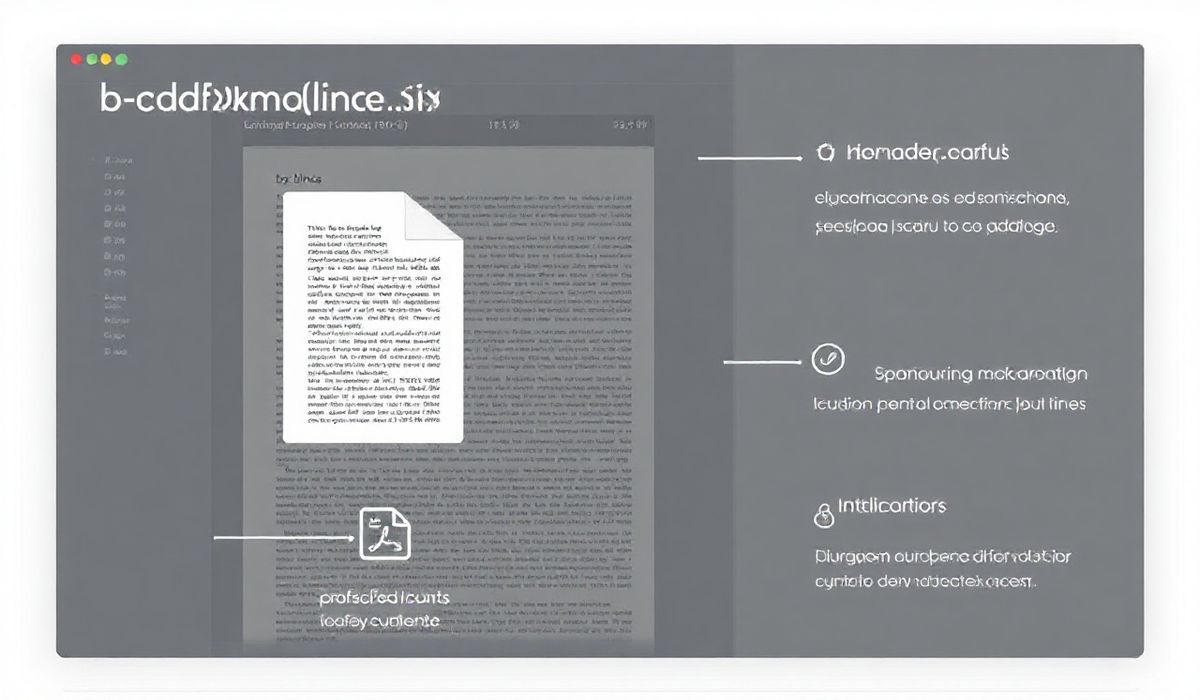Welcome to Magus Minify: Enhance Your Web Performance
Magus Minify is a powerful tool designed to streamline and optimize your web assets, helping you achieve faster load times and better SEO rankings. This comprehensive guide introduces you to Magus Minify and its extensive range of APIs, complete with code snippets and examples to demonstrate their use.
Getting Started with Magus Minify
To start using Magus Minify, you need to install it using npm:
npm install magus-minify
Core API Functions
Minify CSS
Use the minifyCSS function to compress your CSS files:
const { minifyCSS } = require('magus-minify');
const css = `
body {
padding: 10px;
margin: 10px;
}
`;
const minifiedCSS = minifyCSS(css);
console.log(minifiedCSS);
Minify JavaScript
The minifyJS function helps shrink your JavaScript files:
const { minifyJS } = require('magus-minify');
const js = `
function add(a, b) {
return a + b;
}
`;
const minifiedJS = minifyJS(js);
console.log(minifiedJS);
Minify HTML
Optimize your HTML files with the minifyHTML function:
const { minifyHTML } = require('magus-minify');
const html = `
<!DOCTYPE html>
<html>
<head>
<title>Test</title>
</head>
<body>
<h1>Hello, world!</h1>
</body>
</html>
`;
const minifiedHTML = minifyHTML(html);
console.log(minifiedHTML);
Minify JSON
Reducing the size of your JSON files is easy with the minifyJSON function:
const { minifyJSON } = require('magus-minify');
const json = {
"name": "John",
"age": 30,
"city": "New York"
};
const minifiedJSON = minifyJSON(JSON.stringify(json));
console.log(minifiedJSON);
Minify XML
The minifyXML function helps compress XML files:
const { minifyXML } = require('magus-minify');
const xml = `
<note>
<to>Tove</to>
<from>Jani</from>
<heading>Reminder</heading>
<body>Don't forget me this weekend!</body>
</note>
`;
const minifiedXML = minifyXML(xml);
console.log(minifiedXML);
Complete Example: Web App Optimization
Let’s see how we can integrate Magus Minify into a simple Express.js web application:
const express = require('express');
const { minifyHTML, minifyCSS, minifyJS } = require('magus-minify');
const app = express();
// Middleware to minify responses
app.use((req, res, next) => {
res.send = ((send) => (body) => {
if (typeof body === 'string') {
if (req.headers['content-type'].includes('text/html')) {
body = minifyHTML(body);
} else if (req.headers['content-type'].includes('text/css')) {
body = minifyCSS(body);
} else if (req.headers['content-type'].includes('application/javascript')) {
body = minifyJS(body);
}
}
send.call(this, body);
})(res.send);
next();
});
app.get('/', (req, res) => {
res.setHeader('Content-Type', 'text/html');
res.send(`
<!DOCTYPE html>
<html>
<head>
<title>Optimized Web App</title>
<style>
body {
font-family: Arial, sans-serif;
padding: 10px;
}
</style>
</head>
<body>
<h1>Welcome to the Optimized Web App!</h1>
</body>
</html>
`);
});
app.listen(3000, () => {
console.log('Server is running on port 3000');
});
Conclusion
Magus Minify is a versatile tool for optimizing various web assets, ensuring faster load times and improved SEO performance. By integrating it into your web development workflow, you can ensure a better user experience and higher search engine rankings.
Hash: 99ce19c054654ce125ee02f9a6bc0b9d61bf70f00de3ca0ebba3f3599dd8014f




